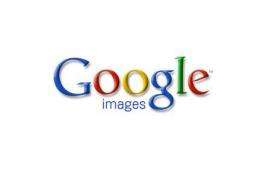Google Labs on Tuesday brought more focus to finding pictures online, adding a "Swirl" tool that automatically groups similar images into categories presented on results pages.
Google Labs on Tuesday brought more focus to finding pictures online, adding a "Swirl" tool that automatically groups similar images into categories presented on results pages.
"What Image Swirl does is it really organizes automatically image search results into groups and sub-groups," Google product manager Aparna Chennapragada told AFP.
"It's not just the face, the color, the visual features of the images; we look inside the image and ask how they relate to each other on a pixel level."
Swirl uses algorithms, metadata, and facial recognition software to distinguish between structures, places, people, and even time of day in digital images.
For example, an Image Swirl search using the keyword "Washington" triggers a results page with pictures packed into subsets including the White House, former president George Washington, and actor Denzel Washington.
Clicking on any of the subgroups opens a window into additional "sub-clusters" of pictures categorized by factors such as angle, time of day, and whether an image is a close-up or a panorama.
Online image search has traditionally delivered results pages lined with thumbnail pictures that people sift through individually.
"As humans we can easily tell which images should be grouped together by looking at them," sad Google software engineer Yushi Jing, who worked on Image Swirl underlying technology.
"The real question is can we train computer algorithms to identify common features in images and then categorize them. It's not perfect. We may have mistakes, but we hope to improve this system as we move forward."
People can dabble with Image Swirl at Google Labs. Feedback will be used to improve the tool with the ultimate objective being to one day incorporate it in the California Internet giant's public search engine.
"We are committed to how we look at and understand visual information and organize it for our users," Chennapragada said. "This is the holy grail of computer vision."
Google launched image search in 2001 and later added a "similar images" feature to hone-in picture hunts.
(c) 2009 AFP























